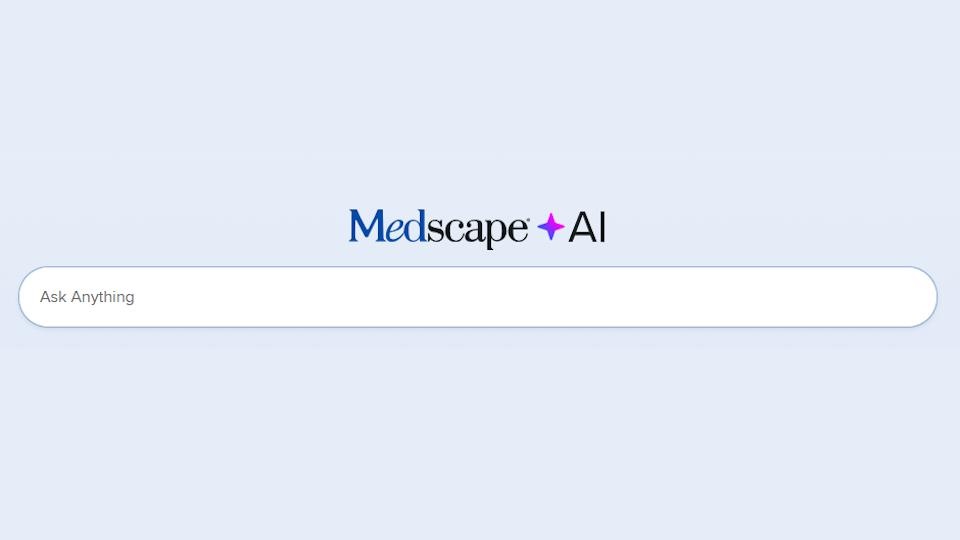Trust and treatment: GenAI in life sciences in 2024

In 2023, the life sciences industry was rocked by generative artificial intelligence (GenAI), which showed the potential to revolutionise everything from genetic understanding and drug research to diagnostic research and personalised patient care. In 2024, something more interesting will happen: we'll see some of these ideas become reality.
Already being tapped for digesting regulatory rules and searching documents, GenAI is a proven game changer for so many aspects of life sciences. However, when we look at the impact that GenAI large language models (LLMs) could have on the genetic language of disease, development of diagnostics, medical devices, and personalised medicine, its potential is unmatched.
In 2024, we’ll see GenAI applied to both basic functions in life sciences, like a contextual search for molecules or symptoms, as well as more exploratory use cases, such as personal communications and marketing efforts to buyers, whether that be a healthcare provider, a buyer in a hospital or pharmacy, or a patient.
A trust-building year
Working in the language of life itself is, in many ways, a change to our science-based industry, so regulators understandably require a period of knowledge and adjustment (no different, perhaps, than allowing the development of mRNA vaccines during COVID.)
In order to build trust, life sciences companies, particularly those in medtech, pharmaceuticals, and biotech, are working with more straightforward opportunities with GenAI, including document generation and synthesis, to gain trust in the outputs. In life sciences, the use cases can translate into clinical design protocols, review of safety documents, and marketing materials.
This trust-building period is moving relatively swiftly, though, with encouraging results. Document generation for clinical trials or protocol development, for example, is an area where human error currently costs life sciences companies both time and money. The same goes for trial design. Generative AI can help create more efficiencies and accuracies across both of these areas, with oversight by clinicians to ensure quality control.
As AI is essentially a pattern-finding technology, it may also play an important role in identifying current social disparities in patient diagnosis, care, and treatment by bringing to light realities that are too often discovered after the fact. GenAI can build trust by bringing forth some of the predictions and insights earlier in a patient journey, but it starts with small, methodical steps. For many, this will be a critical trust builder.
Equally important is bringing this new insight to traditional values like explainability, the scientific method, and repeatability of outcomes. This matters not only to regulators, but to practitioners and even businesspeople. Efficiency, after all, is also a matter of finding and optimising repeatable patterns.
It's a revolutionary technology, and, like many before, it's best applied incrementally and consistently. Considering the size and scope of the industry, our pace of change is impressive. Take, for example, a common problem scientists face: needing to find and use data extracted from scientific literature. Google DeepMind research scientist Sebastian Nowozin and software engineer Taylor Applebaum recently showed how they can use Gemini, a new LLM from Google, to read, understand, and filter 200,000 scientific papers to extract crucial scientific information. All in a lunch break.
Finding the pace of change
As trust in GenAI grows, organisations will find their own path to broadly employing the technology. For those concentrating on manufacturing and distribution, there are established parallels from other industries around logistics and predictive maintenance that can be adapted for the life sciences space.
Other areas are more specific to both life sciences and corporate cultures. There are start-ups targeting both specialised diseases, devices, and approaches, and building their businesses around using AI. Clearly, these companies will move quickly, and the results will be interesting to see.
At the other end of the spectrum, there are big pharmaceutical and medtech companies, which have been hyper-engaged in learning about GenAI and building their own LLMs, but may move more cautiously in areas that require lots of change management.
Perhaps the most interesting companies to watch in the coming year will be those committing resources to drug research, particularly concerning rare diseases. For example, in October, we announced our work with Insmed on GenAI-based drug discovery and development, which will enable regulators to make direct comparisons of methods and results, particularly for rare diseases.
While medicines and treatments for general diseases have improved greatly, rare diseases have suffered from the costs of traditional approaches. GenAI can change that by changing the economics and, in the process, help familiarise regulators and caregivers with new methods.
The future is personal
In some ways, the long-term goal is also the origin of the life sciences industry: making one person better. Aspirin may have done that for millions, but it happened one patient at a time. With GenAI, that personalisation takes on a whole new level of meaning involving personal patient and genetic information, along with factors like environment and lifestyle, for a far more insightful and powerful relationship to health and disease management. Methodical proof points and strategic partnerships will be key for building trust in life sciences for GenAI in 2024.
While this year won't see an absolute turn to personalised medicine, the changes I do expect to see – greater trust and familiarisation in the technology, and better incorporation into existing systems – are important steps towards more personalised medicine and patient care.












